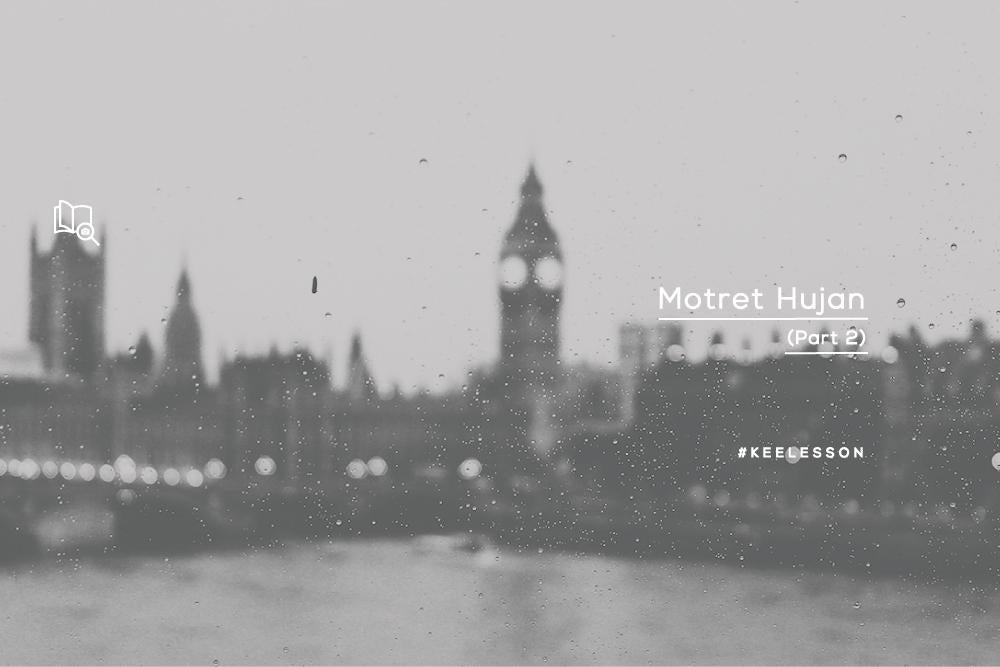
Rain Photography (Part 2)
Share
After knowing some of the challenges you might face when photographing rain, let's discuss how to photograph it this time.
1. Camera settings
It is recommended to use manual settings because automatic settings sometimes do not match what is desired, for example cloudy skies and rain will usually be detected as a lack of light so that the exposure becomes too bright. Or you can use shutter speed priority mode. You can still control the exposure, make it darker or brighter. Keep in mind that by reducing the shutter speed, the raindrops will look blurry, they will become like lines.
Source : unsplash.com
Apart from that, if you want to use aperture priority, you can too. You can control the depth of field and how much light enters the camera. To get photos of raindrops, you can use a wide aperture ranging from f/4 to f/1.4. If it's too bright, you can change the ISO until you get the results you want.
2. Bring equipment
To get sharp photos, you can use a tripod. Apart from that, you can also use flash assistance, but not internal flash. It is recommended to use an external flash or speedlight and set it to the lowest, around -3.0 stops. If you don't have a flash, you can also use existing light such as street lights. You can take photos towards the light but not directly at the light.
Source : unsplash.com
You also need to remember, the security of your camera is very important. You can use a lens hood so that your lenses don't get exposed to water. Or if you are starting to get serious about this type of photography, you can buy a custom rain cover that fits your camera.
An umbrella can also be one of the equipment that you bring, although it is a bit difficult to hold an umbrella and take photos. You can use a transparent umbrella. It can also help, for example, when it rains heavily, you have difficulty taking pictures, you can take photos from behind a transparent umbrella which can give a different impression, and is also safe for your camera.
Some tips:
- If you don't have equipment, you can also take photos of the rain, KEE friends. You can take photos from inside the house or car. Or, it can also be from your yard, garage, anywhere that can protect your camera from rainwater.
Source : unsplash.com
2. Pay attention to the droplets, the flow of water as it drips on various surfaces. It's not always raindrops, puddles of water can also be interesting objects to photograph. Try looking at it from different angles to get interesting reflections.
Source : unsplash.com
3. If you have a macro lens, you can try photographing raindrops on various surfaces, for example flowers, or interesting drop shapes on the floor.




